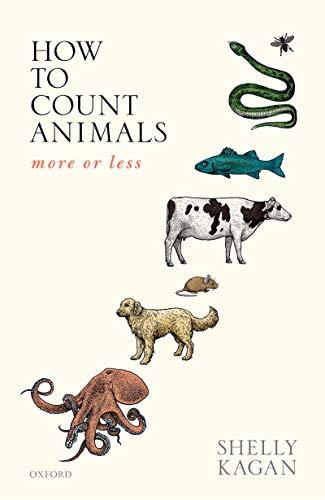What do you think?
Rate this book


319 pages, Kindle Edition
Published April 5, 2019
The day may come when it will be common to look back on mankind's long history of abuse of animals and recognize it as the disgrace and horror that it is. But that day is not yet upon us.
Consider, for example, a 20 year old human who suffered irreparable brain damage as an infant, so that she never became a person, but remains, instead, at the cognitive level of a four month old. This individual does not have the potential to become a person, since there is nothing that we could do now for her that would allow her to become one. But for all that, it is still the case that she could have been a person (now), had the accident not occurred when she was a baby. (p. 137)
Indeed, it is worth noting that no one sympathetic to our distributive principles can accept the principle under its second interpretation. For if interests that have the same impact on welfare must be given the same weight in our moral deliberations, then it is [sic] must be irrelevant to ask whether a given boost in well-being would go to someone who is worse off than others. We cannot legitimately hold that it will do more good to give the increase to someone who is worse off, rather than give an increase of the same amount to someone who is better off. Yet these are exactly the sorts of considerations that anyone drawn to egalitarianism will think relevant in assessing where a given increase in well-being will do the most good. Thus, despite the similarity in names, anyone who accepts an egalitarian distributive principle must reject the principle of equal consideration of interests, when it is understood in this second way. (p. 107)